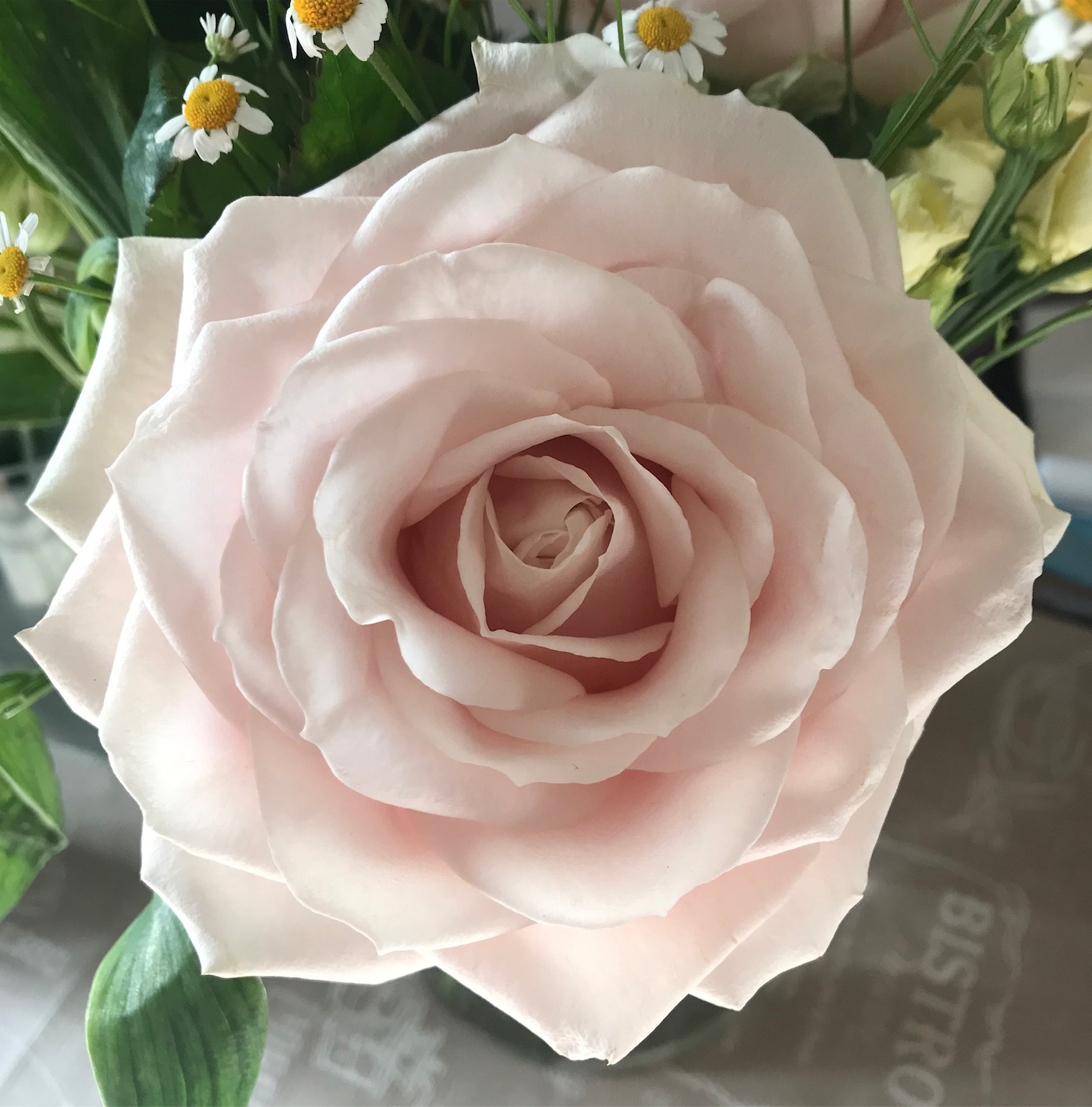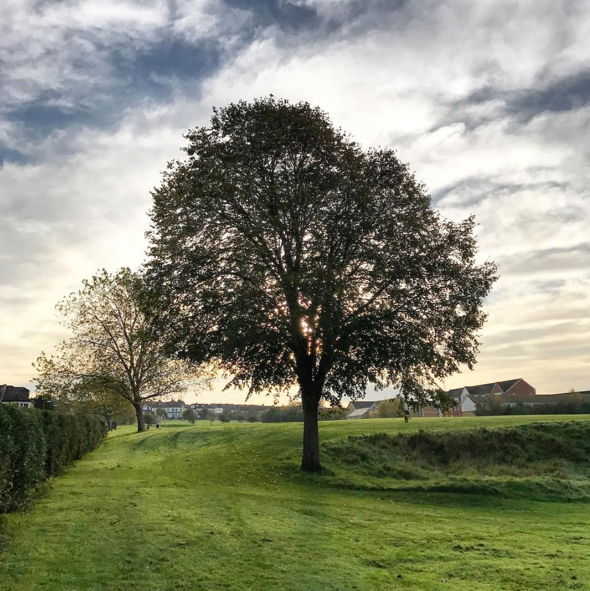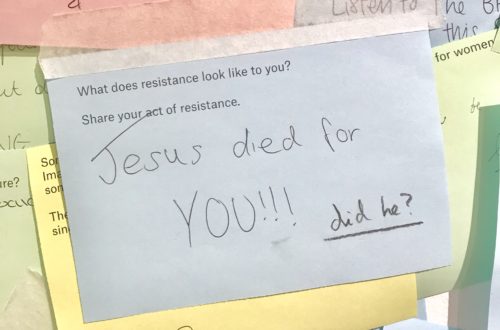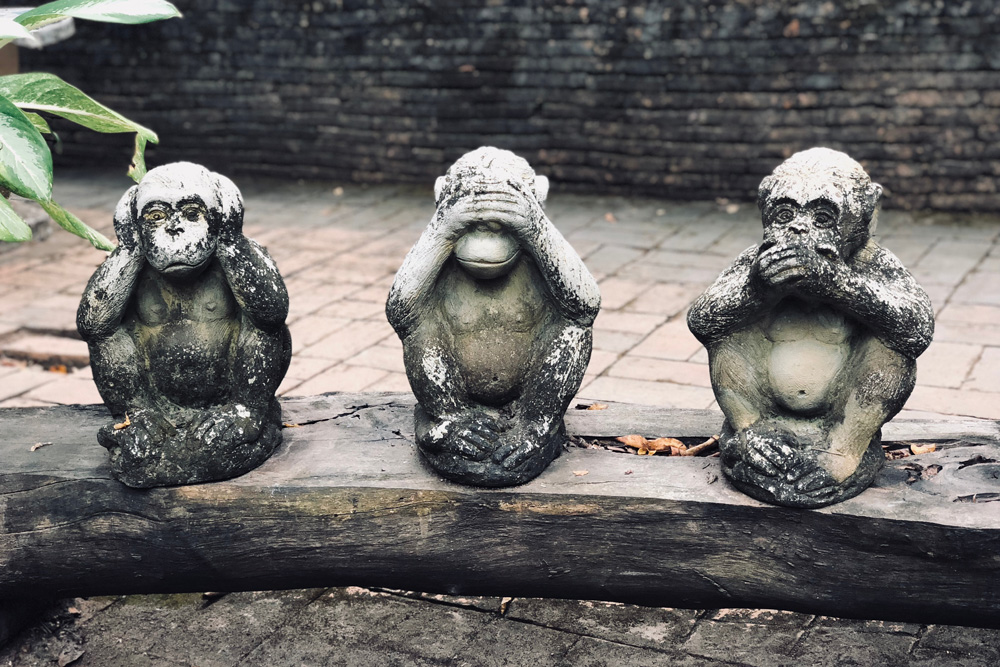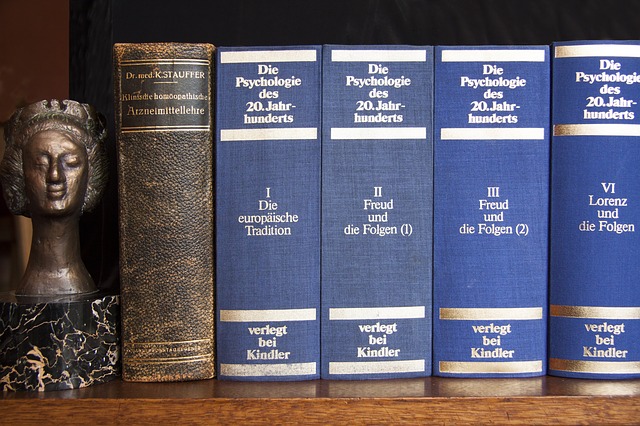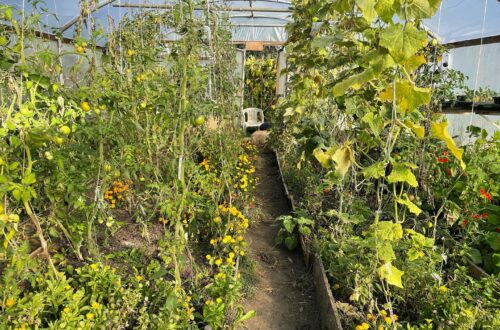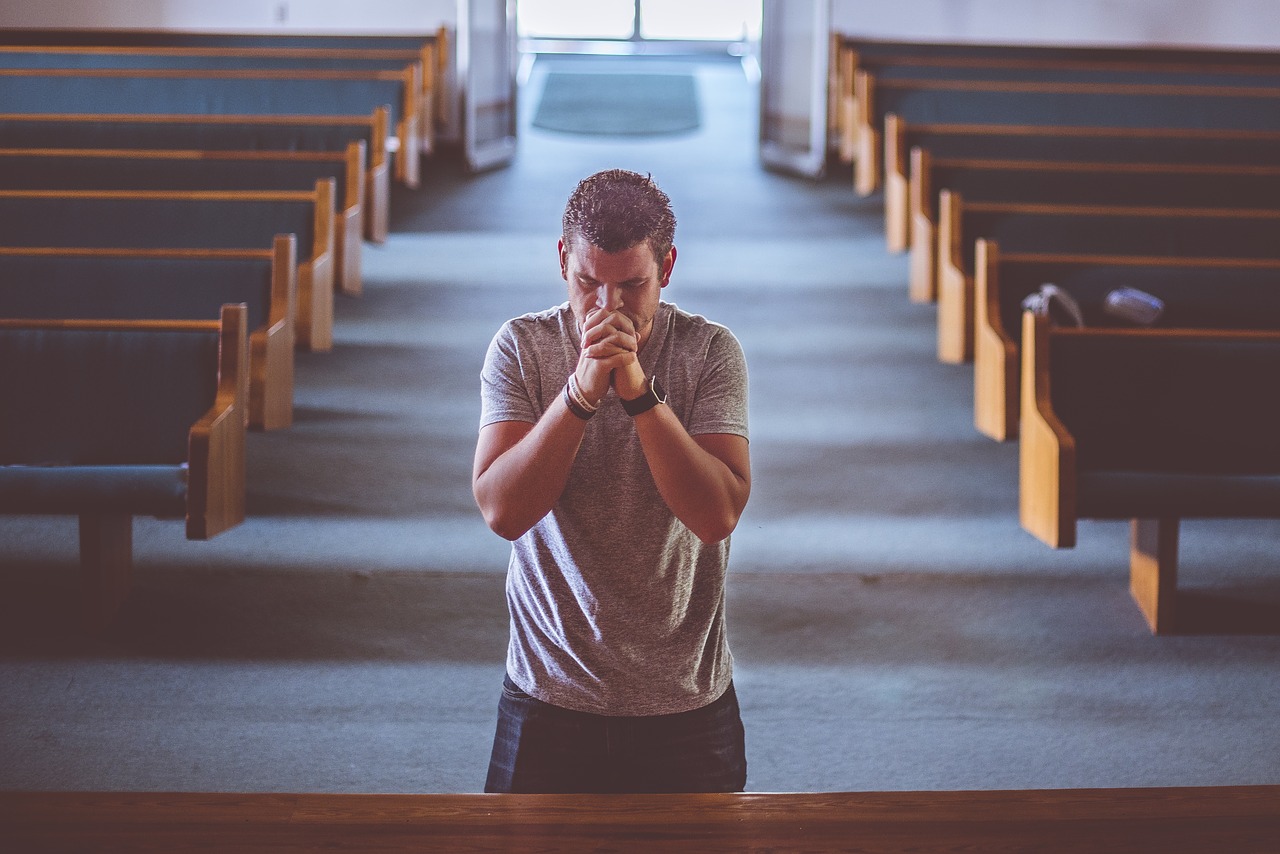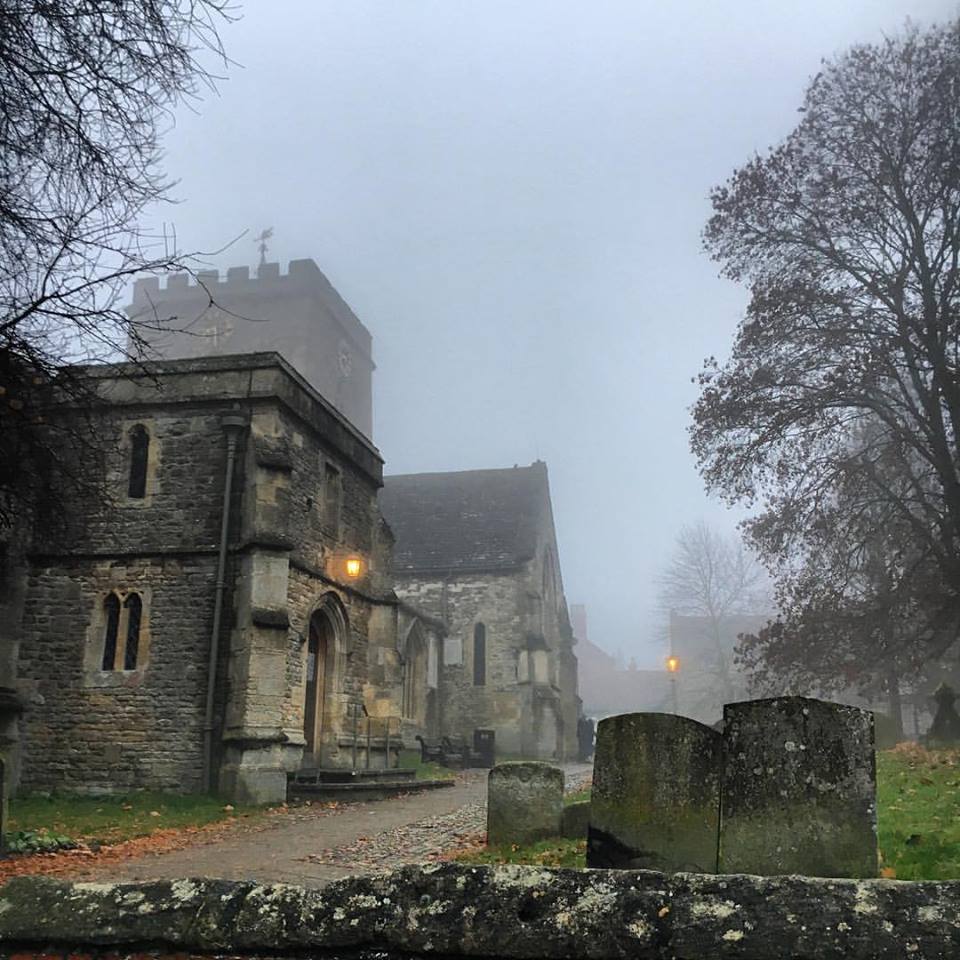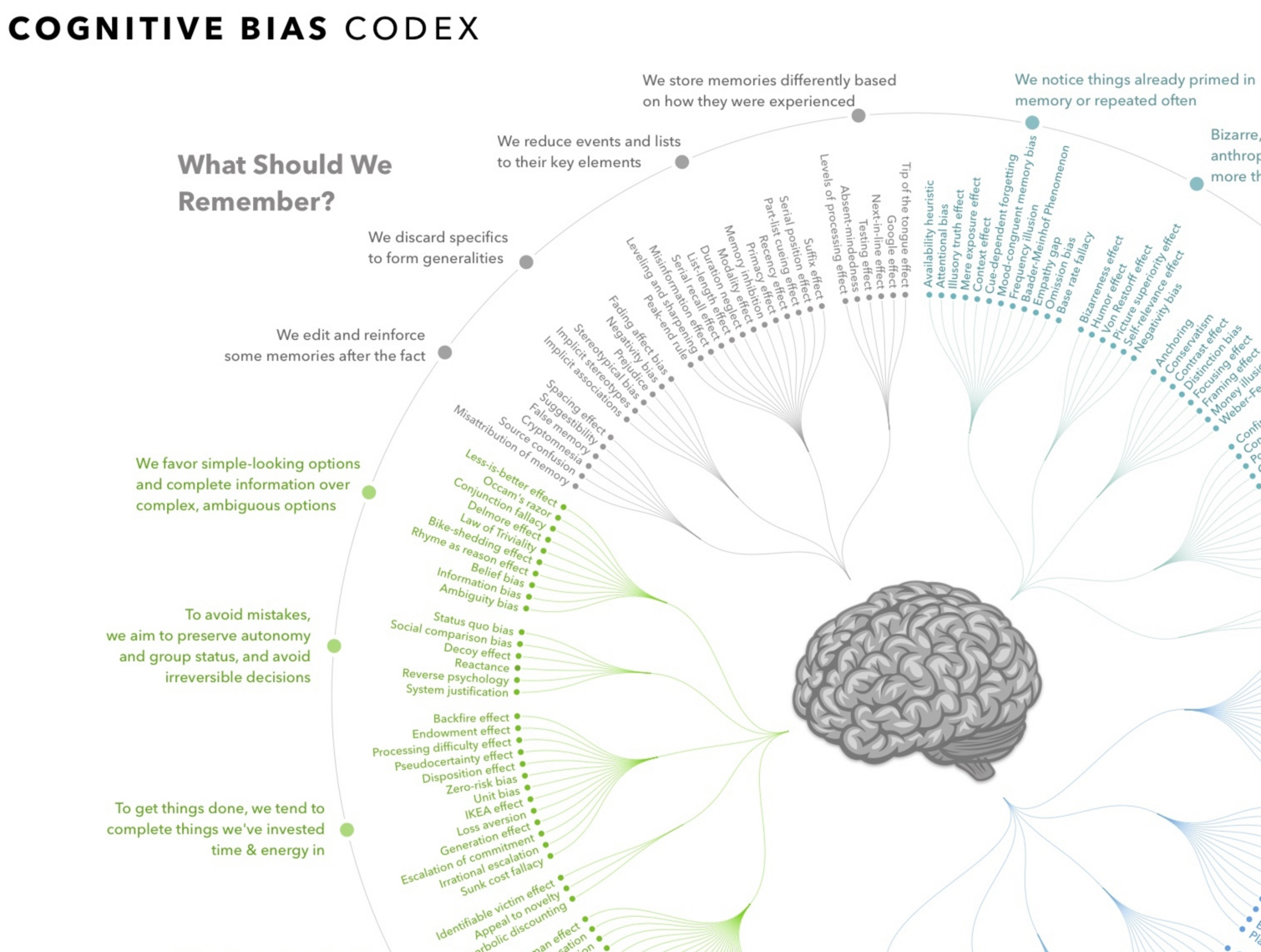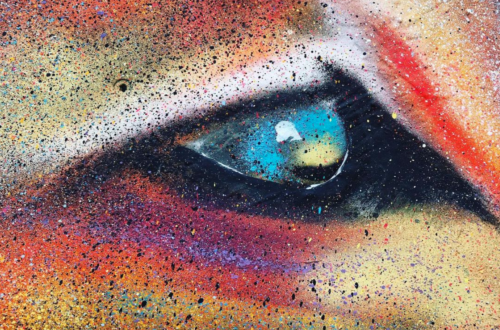-
New home

“Winter is the time for comfort, for good food and warmth, for the touch of a friendly hand and for a talk beside the fire: it is the time for home.”
― Edith Sitwell -
Nowy dom
Mamy nowy dom, miejsce do powrotów. Mój dom jest tam, gdzie są moi chłopcy, piec, książki i buty. Niewiele się w domu zmieniło. Poza domem zmieniło się chyba wszystko. To już zupełnie inny kraj i cieszę się, że jesteśmy w dobrym mieście.
Czym jest dla Ciebie dom?
-
Science of life

“If we knew what it was we were doing, it would not be called research, would it?”
― Albert Einstein -
VIA Character Strengths
Something really interesting has happened to me this week. I prepared three out of four assignments for my course now, at its very early stage and put my heart and soul into it. I reviewed it and really did feel that it’s a good work – the best of me, really. But I have to be honest, so far I was one of those students who would deliver their best work last minute and feel that it could have been a bit better too. I know that studying with a full on life is a bit more challenging, but I feel something has shifted inside of me since I have learned about my top five character strengths and discovered that actually all of them are true. Just so you understand what I mean, let me explain. As I am working through bereavement course I am also still studying positive psychology. Quite recently I have learned about the VIA character strengths used for positive interventions (new habits supporting our resilience in preparation for challenging times or simply to maintain our wellbeing). I discovered that my top five are as follows and after a closer examination I have discovered that actually, at the moment, there are the values I do live actively, I feel in the flow in those and they do energise me (criteria for ensuring they are actually relevant to us):
#1 Curiosity and interest in the world
#2 Appreciation of beauty and excellence
#3 Gratitude
#4 Love of learning
#5 Hope, optimism, and future-mindedness
The awareness of those, however, made me more confident in those areas too. I do cultivate my curiosity through learning and now I know I should spend more time on it. I appreciate beauty (love flowers and gardening, for example) but also excellence – which is a new concept for me to practice (I used to pretty lazy, to be honest) but it does feel right and good. Life tested me enough for me to treasure gratitude and now I also revert to it in times of sadness and challenge. Hope and optimism were a bit of a surprise at first but the more I learn about optimism from Seligman and his team, I am actually discovering that even in more challenging times my optimist side prevails, I might just not see it this way all the time. I am ever so glad that I found out about the character strengths and I strongly recommend the survey to anyone. You can take theVIA Survey of Character Strengths test here for free (just register) : https://www.authentichappiness.sas.upenn.edu/testcenter
-
Reflective writing
I am familiar with reflective writing since early years of schooling but now, as I am starting the work on bereavement support, I find it useful to go back to the basics of everything. What really is reflective writing? Are there processes one could follow? What is the goal? For many years I was convinced that reflective writing is really writing down all my thoughts as they come, but never consider the basic truth behind it: it is an analytical exercise, not a form of creative outlet. A writing is reflective is we describe an event, but also our emotional reaction to it and oftentimes also include follow up an action, commitment or learning of some kind. So it’s not just writing for the sake of writing but a form of analytical journaling, really. And yes, there are models worth checking out. Below are the two I am using for my Cruse course at the moment:
Before an experience:- What do you think might happen?
- What might be the challenges?
- What do I need to know or do in order to be best prepared for these experiences?
During an experience:- What’s happening now, as you make rapid decisions?
- Is it working out as I expected?
- Am I dealing with the challenges well?
- Is there anything I should do, say or think to make the experience successful?
After an experience:- What are your insights immediately after, and/or later when you have more emotional distance from the event?
- In retrospect how did it go?
- What did I particularly value and why?
- Is there anything I would do differently before or during a similar event?
- What have I learnt?
Gibbs’ Reflective Cycle (1988)- Description – what happened?
- Feelings – what were you thinking and feeling?
- Evaluation – what was good and bad about the experience?
- Analysis – what sense can you make of the situation?
- Conclusion – what else could you have done?
- Action plan – is it arose again what would you do?
I combine both and sometimes follow them, on other occasions mix some steps as long as I feel that at the end of the writing process I have actually learned and grown from the experience. I find this part of my studies really easy but I do have to work on the actual habit of regular writing: making time and space for it, sitting down and doing it no matter what state I am in. The point is to capture thoughts and learnings daily, really, and I am yet to get there. Soon;)
-
Kübler-Ross model – stages of grief
Before I started the Cruse course on bereavement listening (now I know that officially we will not be counsellors, so I will try to avoid the term) I did go back to my summer reads and read the remaining three books by Elisabeth Kübler-Ross and David Kessler (“On Death and Dying“, “On Grief and Grieving” and “Life Lessons“). Kübler-Ross developed a model for grief stages called “Five Stages of Grief” by conducting interviews with terminally ill patients so it’s worth remembering that the origin of the theory is quite specific and might not apply to all. Additionally after her first book she also made a clear statement that the stages do not have to appear in the order described by her, might vary and the stages model is really only orientational. Of course, a lot more research is needed to even call it a solid theory, but it is a really good start of one. It is still often used for reference with that sidenote though, simply because the society we live in still considers talking about death, grief, bereavement as tabu. We have very few models to work with and so even this is a great start really.
Here it is as described on Wikipedia:
he stages, popularly known by the acronym DABDA, include:
- Denial – The first reaction is denial. In this stage, individuals believe the diagnosis is somehow mistaken, and cling to a false, preferable reality.
- Anger – When the individual recognizes that denial cannot continue, they become frustrated, especially at proximate individuals. Certain psychological responses of a person undergoing this phase would be: “Why me? It’s not fair!”; “How can this happen to me?”; “Who is to blame?”; “Why would this happen?”.
- Bargaining – The third stage involves the hope that the individual can avoid a cause of grief. Usually, the negotiation for an extended life is made in exchange for a reformed lifestyle. People facing less serious trauma can bargain or seek compromise. For instance: “I’d give anything to have him back.” Or: “If only he’d come back to life, I’d promise to be a better person!”
- Depression – “I’m so sad, why bother with anything?”; “I’m going to die soon, so what’s the point?”; “I miss my loved one, why go on?”
During the fourth stage, the individual despairs at the recognition of their mortality. In this state, the individual may become silent, refuse visitors and spend much of the time mournful and sullen. - Acceptance – “It’s going to be okay.”; “I can’t fight it; I may as well prepare for it.”
In this last stage, individuals embrace mortality or inevitable future, or that of a loved one, or other tragic event. People dying may precede the survivors in this state, which typically comes with a calm, retrospective view for the individual, and a stable condition of emotions.
Even just looking at the list I can imagine that everyone is different and might not travel exactly through all those specific stages, but as a linguist I am happy that someone even attempted to investigate grief and name some of the typical reactions to death at all. It’s a great start for me and for the course too. Glad i read the books.
-
Secret places


“And now here is my secret, a very simple secret: It is only with the heart that one can see rightly; what is essential is invisible to the eye.”
― Antoine de Saint-Exupéry -
Cognitive biases
I really, really enjoy browsing around Pinterest in my free time to find little things related to psychology or specific topics I might be studying. Today I came across a visualization of cognitive biases which completely opened a new world to me. Fair enough, I have worked with biases most of my adult life and studied them in more detail in foundation studies recently, but this is a really impressive list of things I need to look into. Fascinating! Check it out below and here. (Now that we have signed the contract for the new house in Bristol I might as well learn about the IKEA effect for example;))

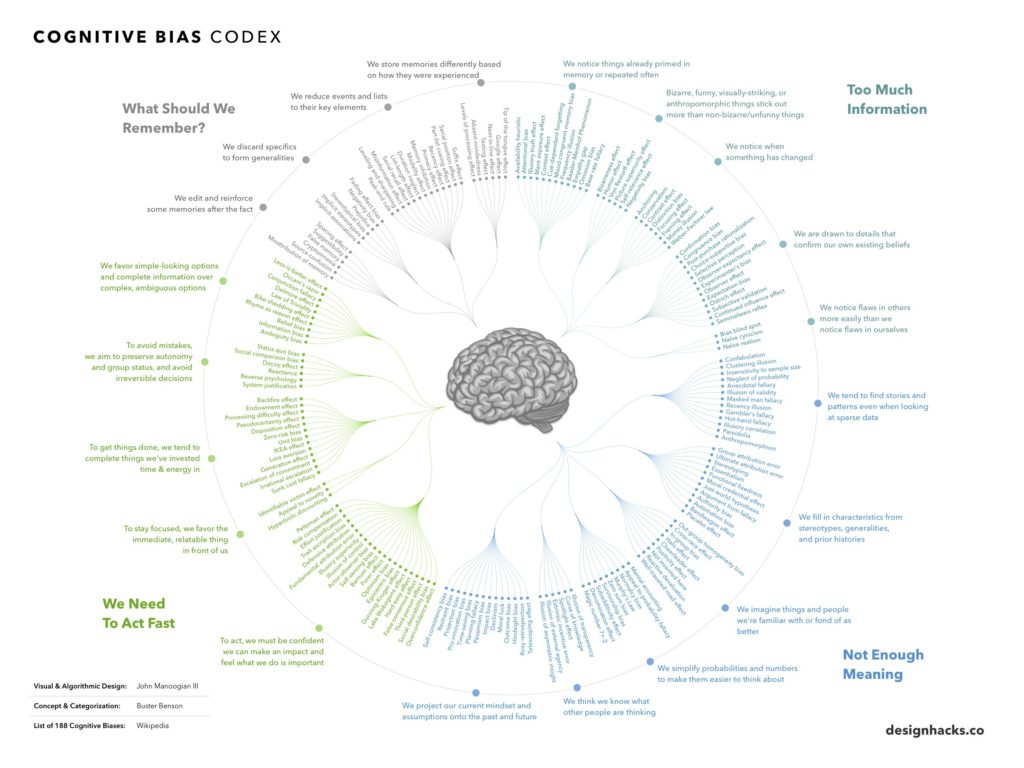
-
Emotions
Despite a physically challenging month, I am still sitting at my desk in the evenings and learning positive psychology. Learning about happiness and lack of emotional well-being made me realise that my anxiety levels are much higher now, after few years of living in a small town, in a strange type of social isolation. I looked up the definition of anxiety and actually discovered that my reactions are not that, but rather small instances of fear. It was quite a realisation to me to discover that I have misinterpreted my own feelings! I think I also need to go back a step in my assumption that I know a lot about emotions – when actually there is a lot to learn still. Maybe one day I will start a series of blog posts about specific emotions?
-
Perfect

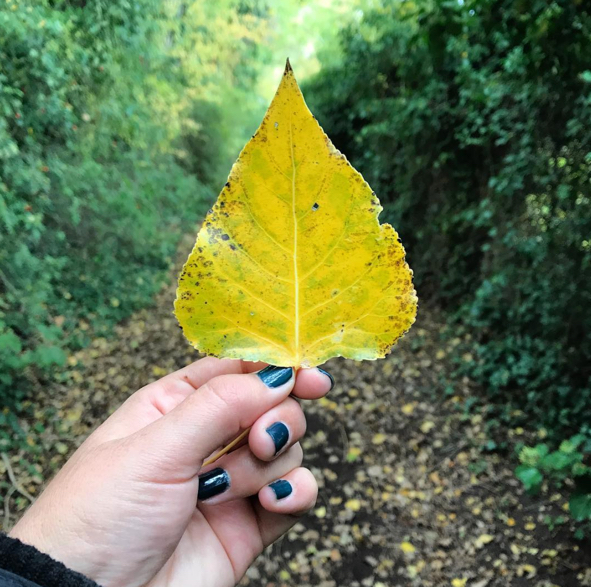
“If you look for perfection, you’ll never be content.”
― Leo Tolstoy


